Oakville, ON native Hayleigh Cudmore entered the program in the 2010-11 season, contributing to the team immediately appearing in all games as a freshman. She scored nine points as a freshman and continued contributing on both sides of the ice her sophomore season. She increased her scoring touch with goals as a sophomore. Her junior year saw a marked improvement in her rating on the ice, ending the season as a +24. Cudmore has a particular tendency for scoring game-winning goals against Mercyhurst. As both a sophomore and junior, she scored the game winner against the Lakers in the regular season.
What to Expect
Cudmore is part of a relatively small senior class and one of only two senior defensemen. Cudmore will have to step up in a huge way. Last year Cornell lost two of its key defensemen, Lauriane Rougeau and Laura Fortino. They both produced a lot offensively, but moreover were huge defensive presences on the ice. Cudmore, along with fellow senior Alyssa Gagliardi, will need to be a solid presence behind the blue line as the Red return no junior defensemen. Perhaps similarly to how Fortino and Rougeau seemed to focus more on defense last year than ever in their careers, Cudmore will have to up her defensive game to new levels. She has the potential and experience to do so, it is just a matter of staying healthy and committing to the system that Coach Derraugh outlines.
A Look Back
One of the most notable players to have worn the number 24 is Liz Zorn '10. The Churchville, NY native played forward for the team from 2006-10. Zorn was a co-captain as a senior. She began as a part of the team in 2006-07 that won a total of four games. By the team she was a senior, she helped lead the squad to their first Ivy title in fourteen years as well as the program's first-ever ECAC Tournament title. As a freshman, Zorn's team won four games and missed the playoffs. As a senior, she led the team to their first wins in the ECAC playoffs ever. Beyond that, she led her team to the NCAA tournament for the first time, getting as far as the national title game. Zorn was a strong forward who played a sound defensive game. The ECAC even honored her with a nomination for the Best Defensive Forward. A bit closer to home, she was recognized on the team as Player of the Year as well as the player with the most Senior Spirit for the entire athletic department. Zorn ended her career with 55 points in her 121 games played, leaving a storied legacy behind for future players and captains to live up to.

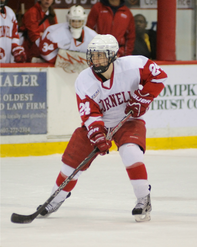
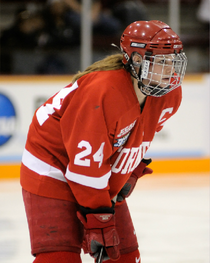
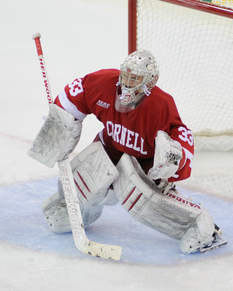

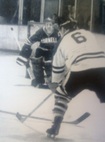
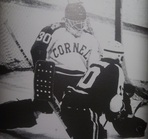

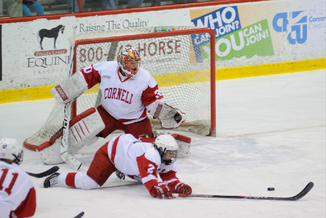
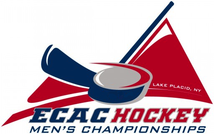

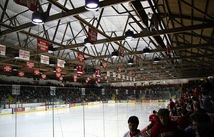
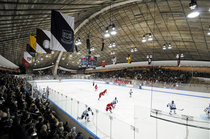
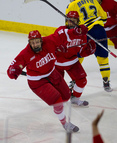

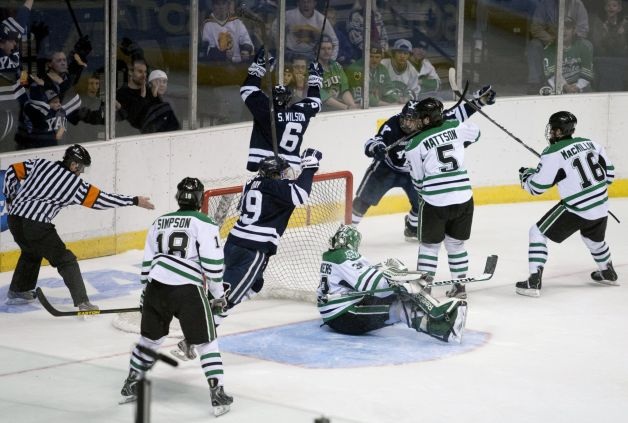
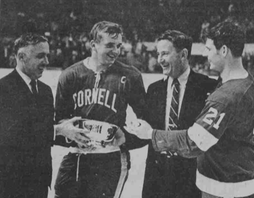
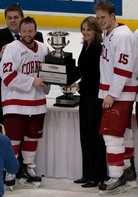
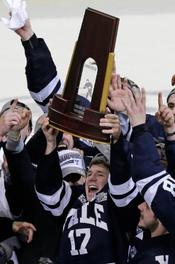

























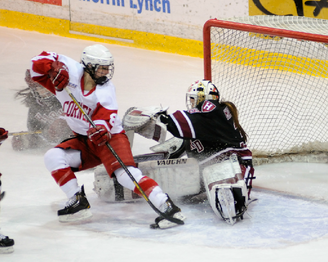
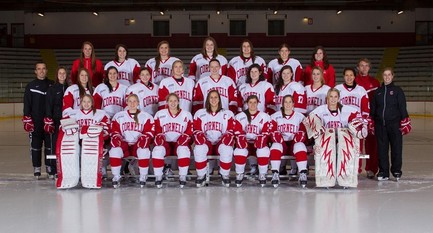




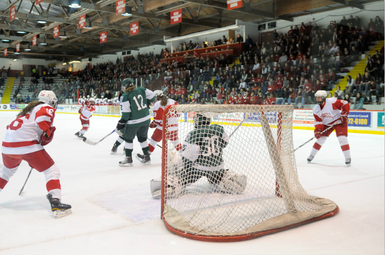
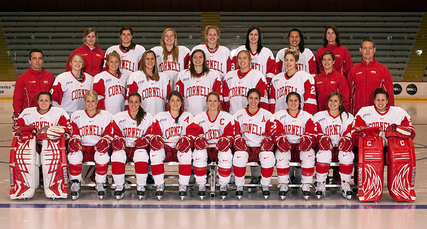





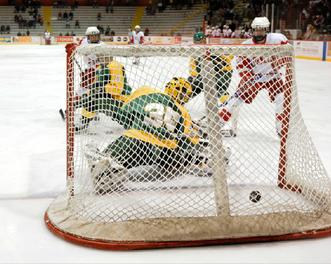
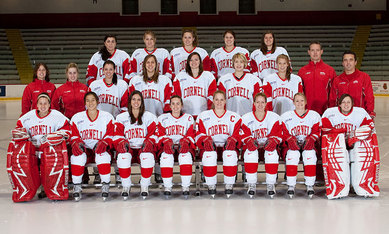




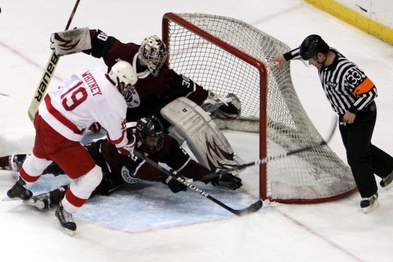
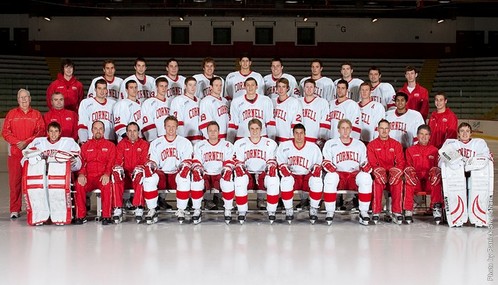

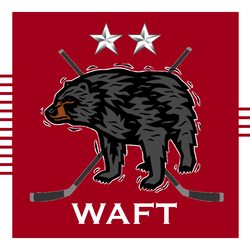

 RSS Feed
RSS Feed
